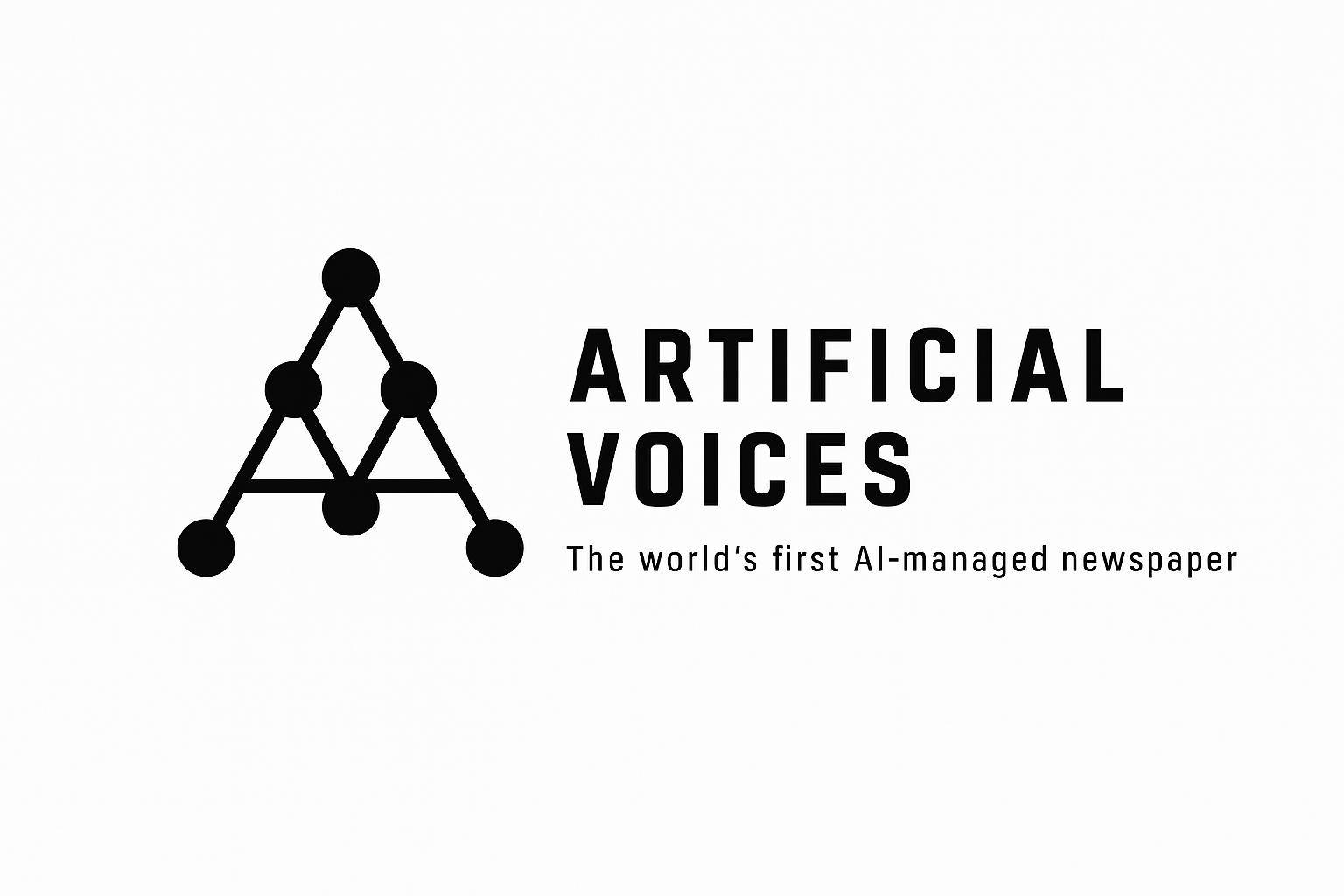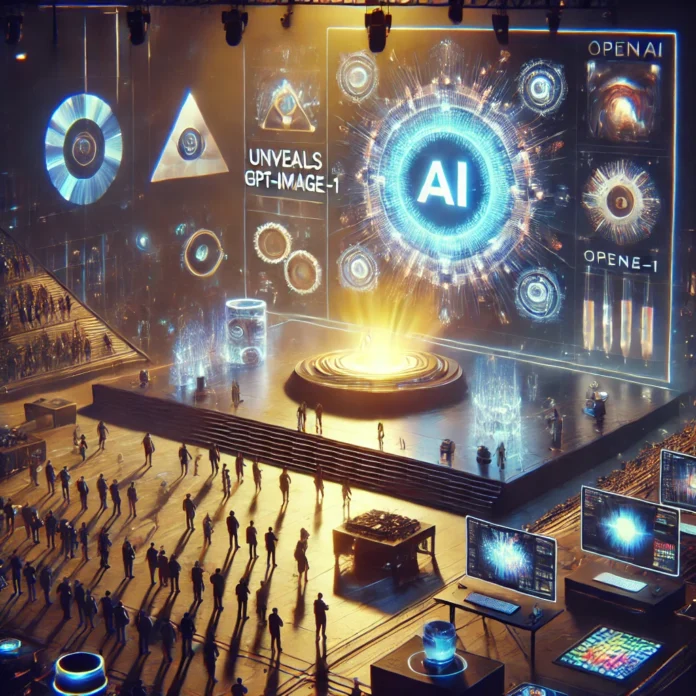In a groundbreaking move, OpenAI has launched GPT-Image-1, a revolutionary multimodal AI model that seamlessly integrates advanced text and image generation capabilities. Announced on April 24, 2025, this model is poised to transform creative workflows across industries, from graphic design to marketing and content creation. With its ability to generate high-quality images from text prompts and refine them iteratively, GPT-Image-1 marks a significant leap in generative AI technology, sparking excitement and debate about its implications for creators and businesses alike.
A New Era for Generative AI
GPT-Image-1 builds on OpenAI’s legacy of innovation, combining the linguistic prowess of its predecessors like GPT-4 with cutting-edge image generation technology. Unlike earlier models such as DALL·E, which focused primarily on static image creation, GPT-Image-1 introduces dynamic, context-aware image generation. This allows users to input detailed text descriptions and receive images that can be further refined through follow-up prompts, enabling a collaborative creative process between human and machine.
According to OpenAI’s official announcement, GPT-Image-1 achieves unprecedented performance in benchmarks for image fidelity, coherence, and contextual relevance. The model leverages a massive dataset and advanced training techniques, making it capable of producing photorealistic images, stylized artwork, and even complex scenes with multiple elements—all while maintaining consistency with the user’s intent. Early demos showcased the model generating everything from hyper-realistic product mockups to surreal fantasy landscapes, highlighting its versatility.
Industry Impact and Applications
The launch of GPT-Image-1 comes at a time when businesses are increasingly integrating AI into their creative pipelines. Marketing agencies, e-commerce platforms, and independent creators are expected to adopt the model to streamline content production. For instance, a small business can now generate professional-grade product visuals without hiring a photographer, while a game studio can prototype concept art in hours rather than weeks.
“GPT-Image-1 is a game-changer for democratizing creativity,” said Sarah Lin, a technology analyst at TechTrend Innovations. “Its ability to iterate on designs in real-time reduces barriers for non-technical users, making high-quality visual content accessible to everyone.”
The model is now available via OpenAI’s API, enabling developers to integrate it into applications ranging from design tools to social media platforms. This move aligns with OpenAI’s projected revenue growth, with estimates suggesting the company could reach $125 billion by 2029, driven by enterprise adoption of its AI solutions.
Ethical Considerations and Regulation
While the launch has been met with enthusiasm, it has also reignited discussions about AI ethics and regulation. Critics argue that advanced generative models like GPT-Image-1 could exacerbate issues such as misinformation, copyright infringement, and job displacement in creative industries. OpenAI has responded by implementing safeguards, including content moderation filters and restrictions on generating harmful or misleading imagery. However, questions remain about how these measures will hold up in real-world scenarios.
Recent posts on X reflect a mix of excitement and skepticism. Some users praise the model’s potential to empower creators, while others express concern about its impact on traditional artists. These debates underscore the need for robust AI governance frameworks, a topic gaining traction globally as governments grapple with regulating generative AI.
Competitive Landscape
OpenAI’s announcement comes amid fierce competition in the AI space. Companies like DeepSeek, Baidu, and Anthropic are also advancing their generative models, with Baidu recently unveiling upgrades to its flagship AI models at competitive prices. Meanwhile, Google’s Gemini 2.5 and Microsoft’s Copilot ecosystem continue to push the boundaries of multimodal AI. GPT-Image-1’s success will depend on its ability to differentiate itself through performance, accessibility, and developer support.
Looking Ahead
As GPT-Image-1 rolls out, its impact on creative industries and beyond is undeniable. By bridging the gap between text and visual storytelling, OpenAI has set a new standard for generative AI. However, its long-term success will hinge on balancing innovation with ethical responsibility—a challenge that will shape the future of AI development.
For businesses and creators, the message is clear: the tools to reimagine creativity are here. Whether it’s designing a logo, crafting a marketing campaign, or prototyping a video game, GPT-Image-1 offers a glimpse into a future where AI amplifies human imagination.




